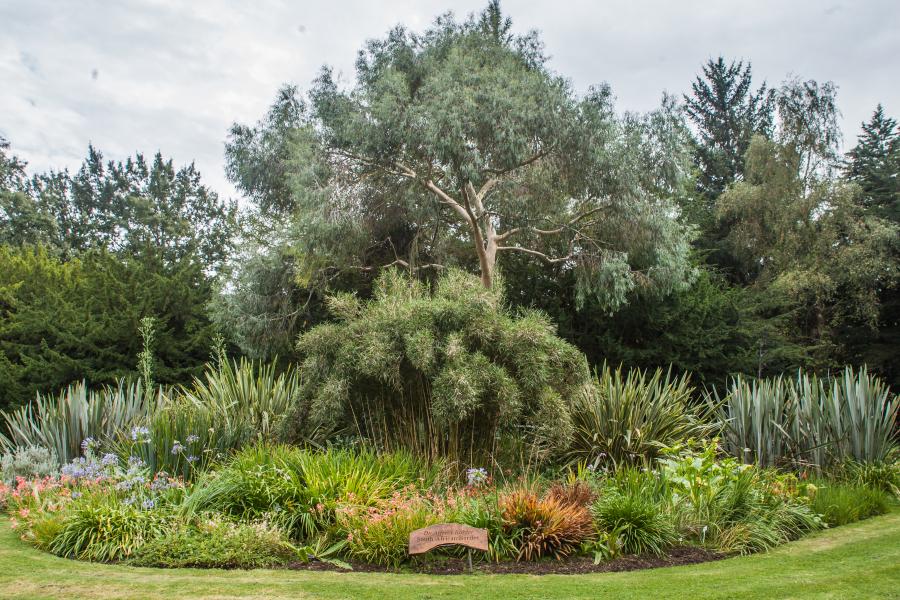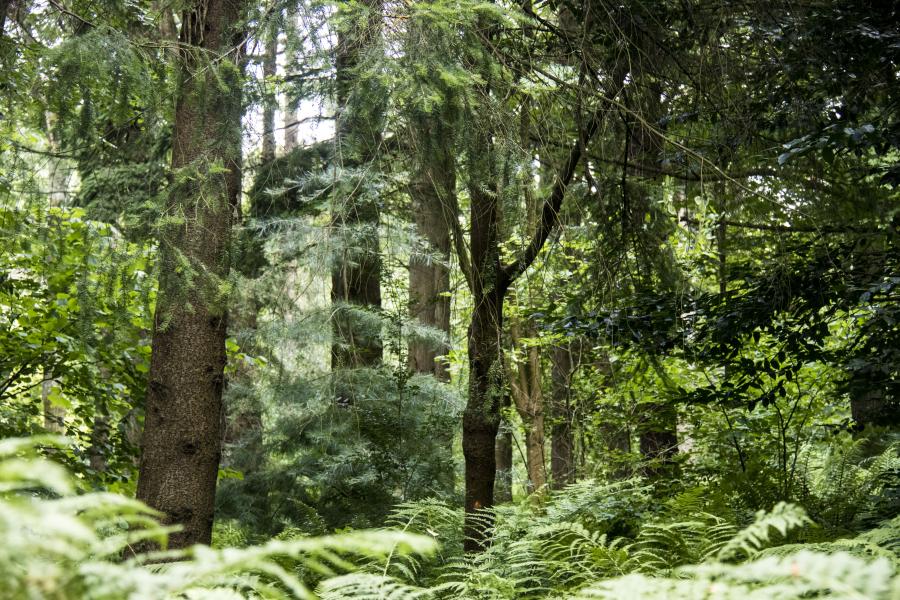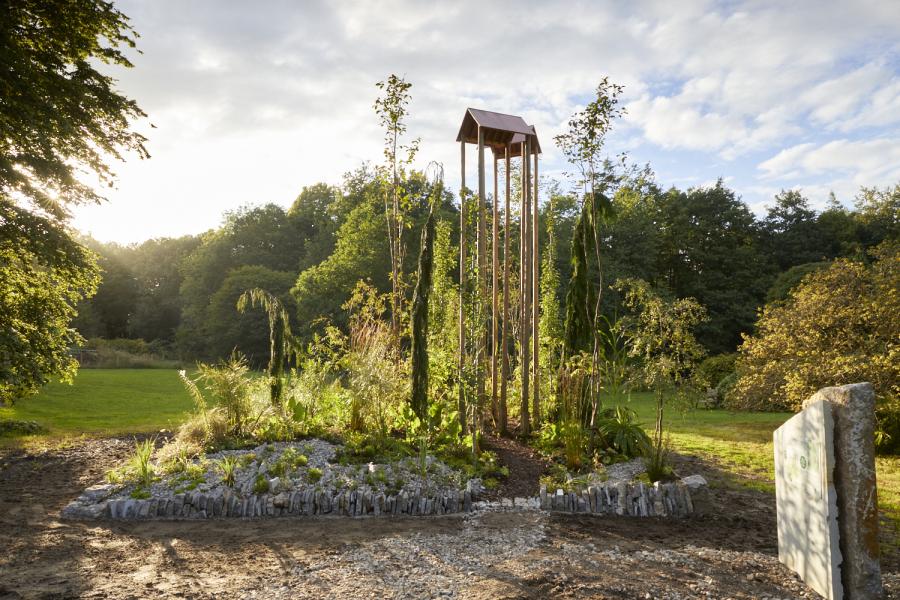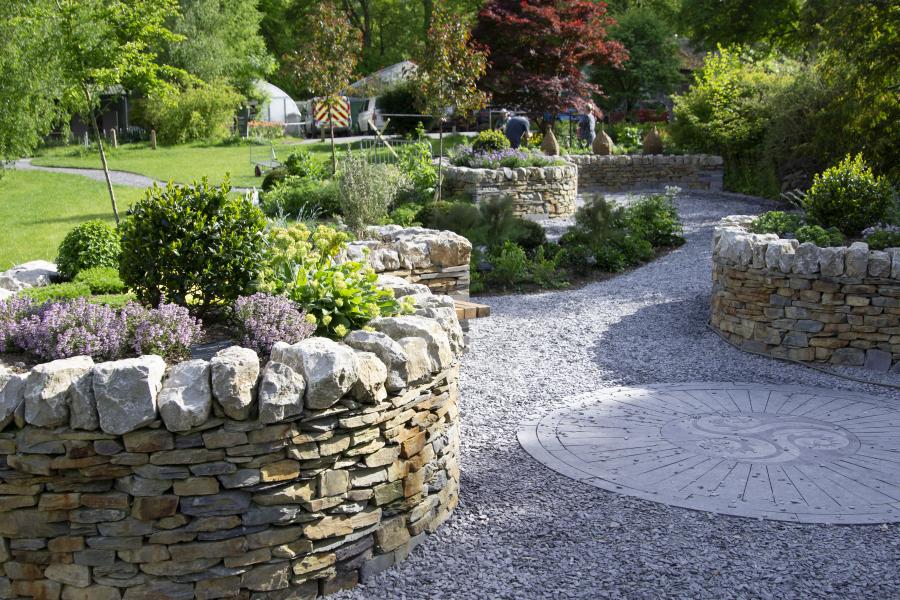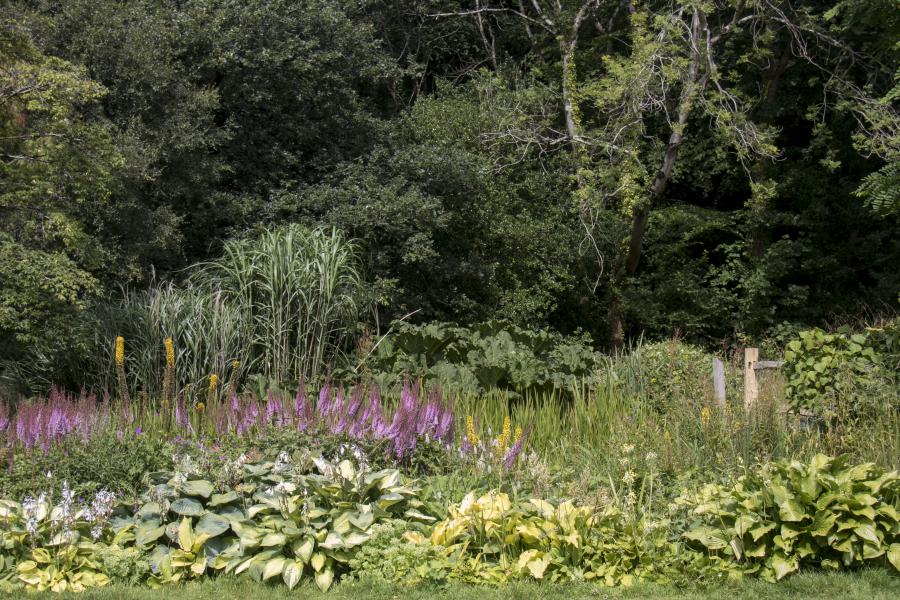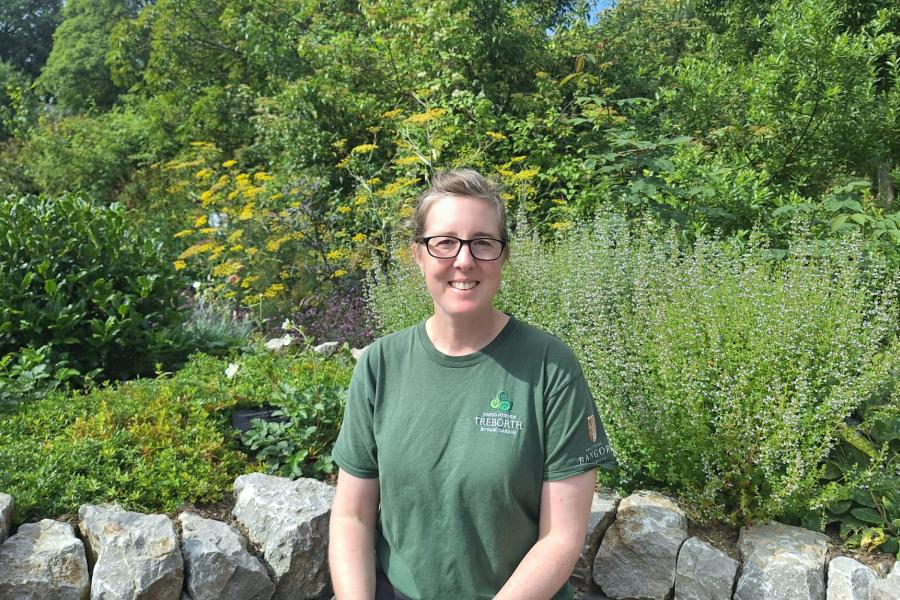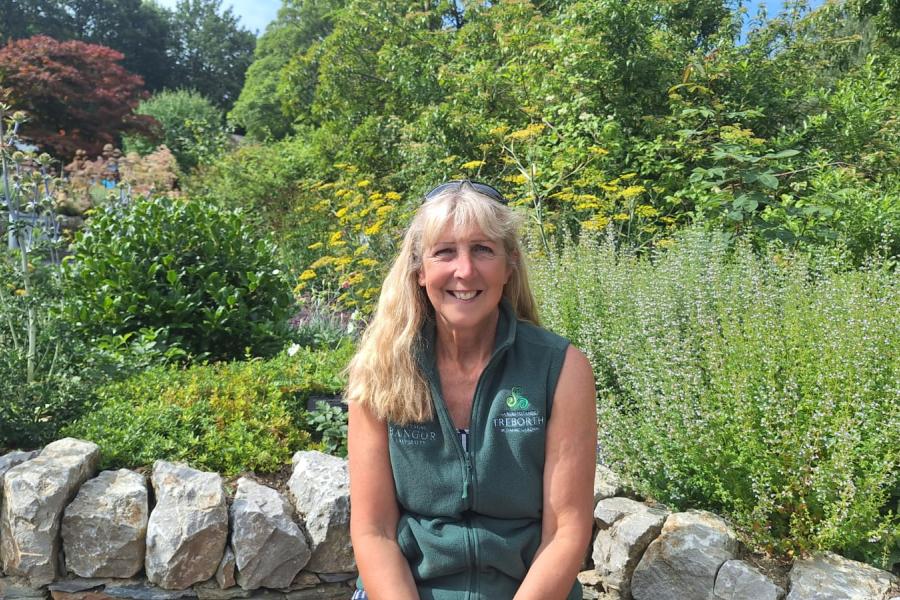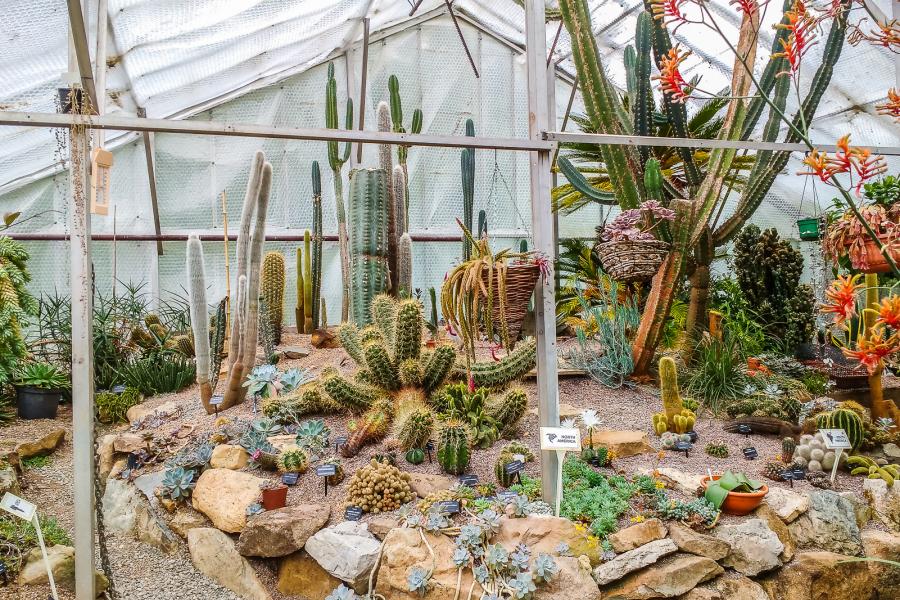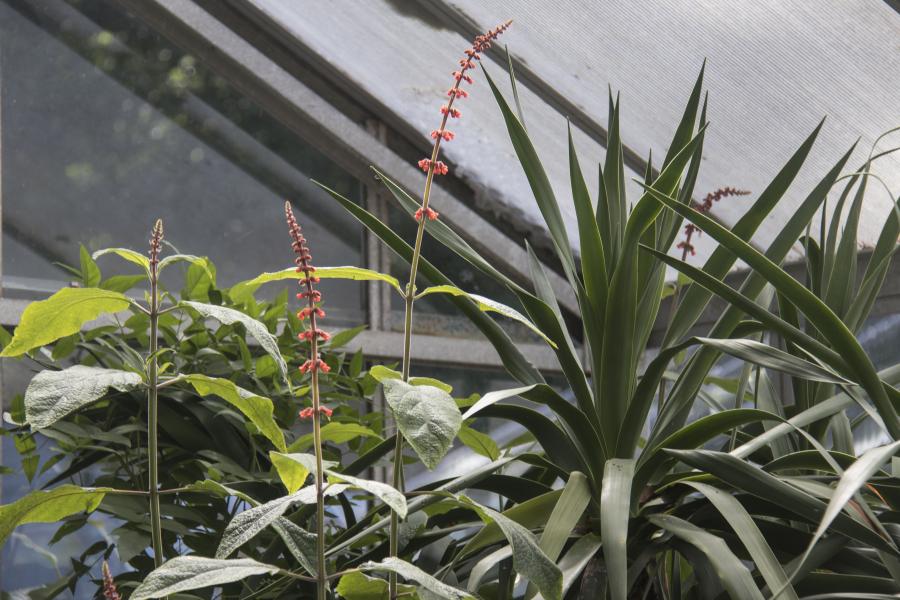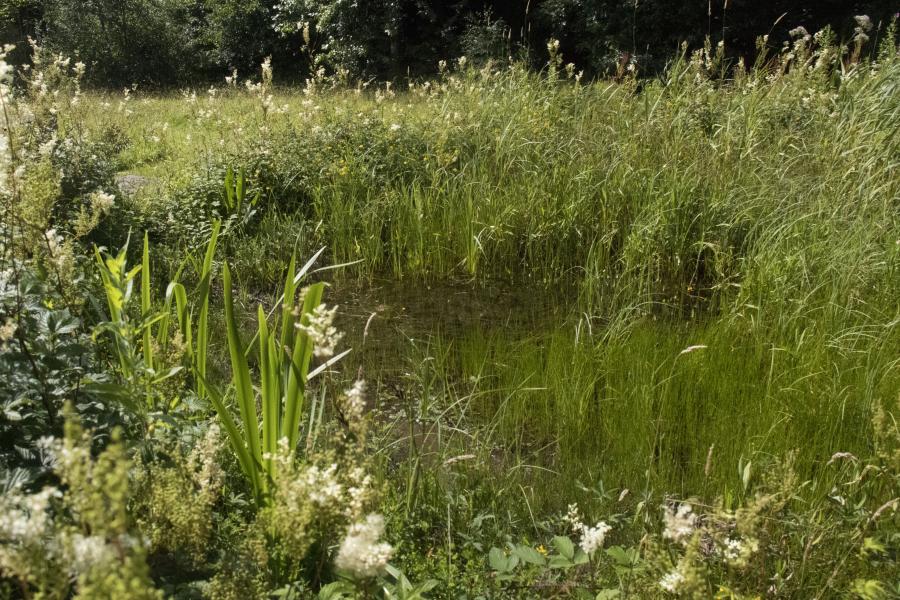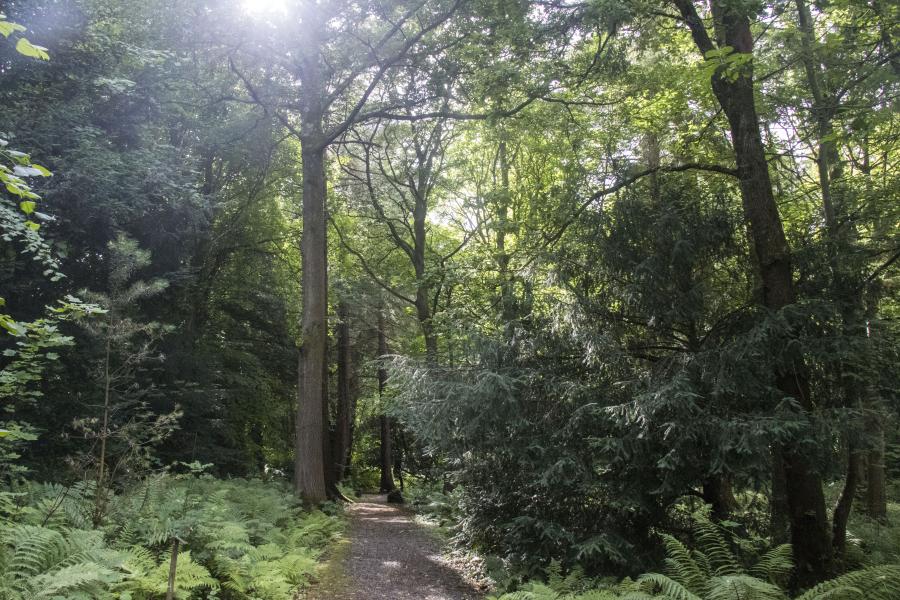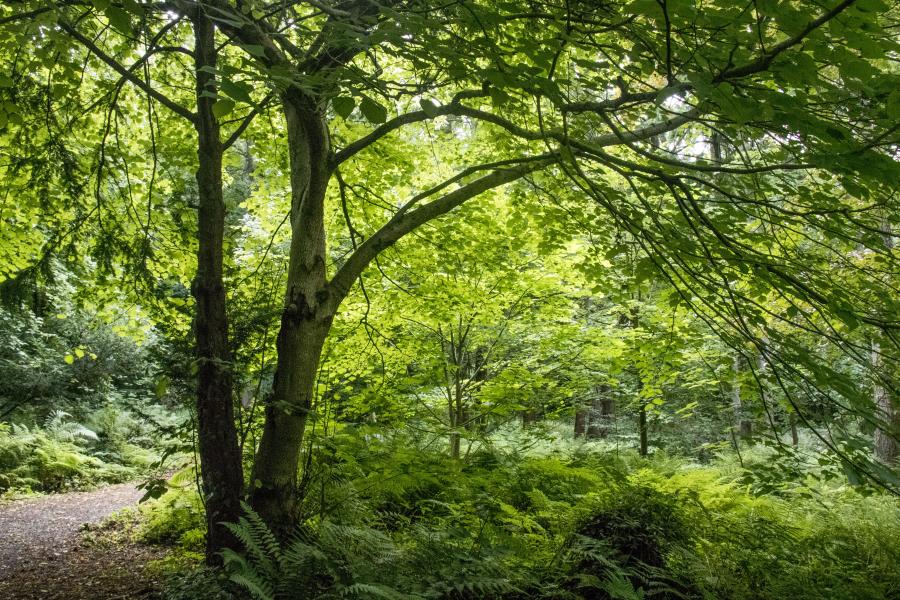Treborth Botanic Garden: A Living Platform for Innovation
Treborth Botanic Garden provides external organisations with a unique opportunity to collaborate in a dynamic, research-driven environment on the banks of the Menai Strait. Spanning 18 hectares, the site supports innovation in plant science, conservation, environmental education, and community engagement, with internationally accredited collections and facilities designed for both fundamental and applied research.
The garden’s resources include six climate-controlled glasshouses—tropical, orchid, temperate, carnivorous, cool, and maize—alongside diverse living collections from orchids and succulents to carnivorous and tropical species. Outdoor assets range from a Site of Special Scientific Interest woodland and arboretum to wildflower meadows, ponds, coastal ecosystems, and a heritage orchard. Specialist infrastructure such as Europe’s largest underground root laboratory (rhizotron), a dedicated teaching lab, and meteorological monitoring systems enable advanced studies from below-ground processes to canopy microclimates. Together, these facilities offer businesses and organisations a powerful platform for collaborative R&D with real-world impact.
Benefits of Partnering with Treborth Botanic Garden
Living laboratory: Diverse habitats and plant collections enable testing of planting, conservation or environmental management strategies in-situ.
Accredited excellence: Recognised by Botanic Gardens Conservation International for high standards in collections, conservation, research, and public outreach.
Education & outreach hub: Ideal setting for workshops, training, citizen science, and stakeholder engagement and capacity building.
Community integration: Strong volunteer network, School partnerships, and student-led initiatives offer authentic co-production and social value opportunities.
Funding & partnership potential: Aligned with grants and initiatives in conservation, wellbeing, and outdoor learning (e.g. Woodland Investment, Heritage Fund, HEFCW).


